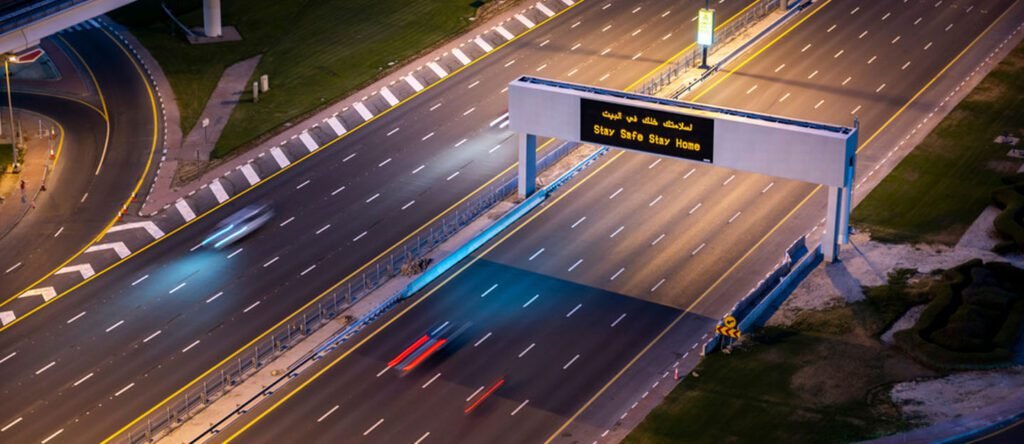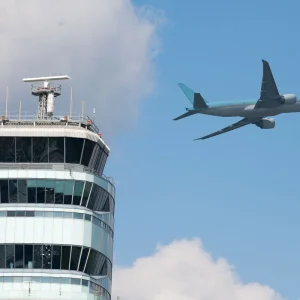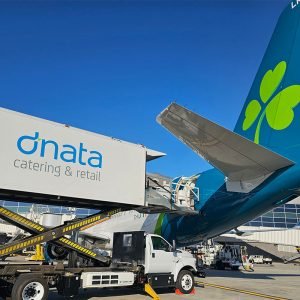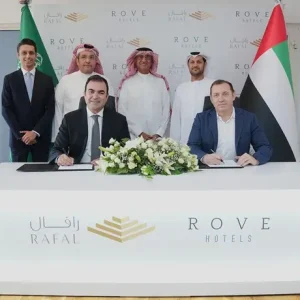The E11 highway, also known as Sheikh Zayed Road, is the longest and most important road in the United Arab Emirates (UAE). Stretching over 558 kilometers, it runs from Al Sila near the Saudi border in the west to the emirate of Ras Al Khaimah in the north. This highway is not just a road; it is the backbone of the country’s transportation network, linking major cities and economic hubs. It is a lifeline for millions of residents, businesses, and tourists who rely on it daily to commute and transport goods across the nation.
The History and Growth of E11
The development of the E11 highway began several decades ago as part of the UAE’s plan to improve its infrastructure. Over the years, it has expanded and modernized to keep up with the rapid urbanization and economic growth of the country. The most famous section of E11 is in Dubai, where it is known as Sheikh Zayed Road. This part of the highway is lined with some of the world’s tallest skyscrapers, luxury hotels, and iconic landmarks.
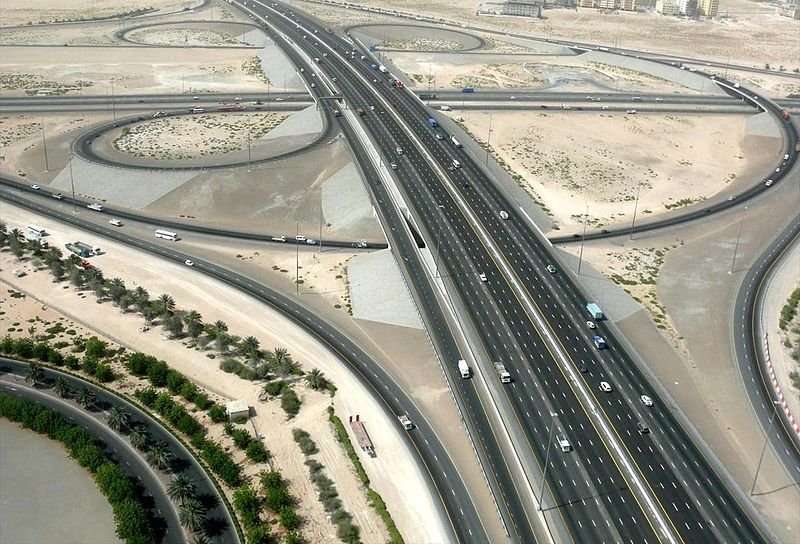
During the early years of the UAE’s formation, transportation infrastructure was a key priority for the government. With the increasing demand for a modern and efficient road network, E11 was built to connect the seven emirates and facilitate economic activities. Over time, multiple lanes were added, and state-of-the-art traffic management systems were introduced to handle the growing number of vehicles. Today, E11 is one of the busiest highways in the region, serving as a crucial link between different parts of the UAE.

Why E11 is the Most Important Highway in the UAE
E11 plays a crucial role in the UAE’s economy and daily life. It connects major cities like Abu Dhabi, Dubai, Sharjah, Ajman, Umm Al Quwain, and Ras Al Khaimah, making travel between these emirates faster and more efficient. The highway is essential for businesses, trade, and tourism. Every day, thousands of vehicles, including cars, buses, and trucks, use this road to transport goods and passengers across the country.
The highway’s strategic location makes it a key route for logistics companies, allowing the smooth movement of goods between ports, airports, and industrial zones. It also facilitates tourism, as visitors can travel conveniently from one emirate to another, exploring the UAE’s attractions without hassle. With well-maintained rest stops, service areas, and petrol stations, E11 ensures a comfortable journey for travelers.

Key Landmarks Along E11

Traveling along E11 is an experience in itself, as it passes through some of the UAE’s most famous landmarks. In Dubai, the road runs parallel to the stunning coastline, offering breathtaking views of the Persian Gulf. Some of the key landmarks along E11 include:
- Burj Khalifa: The world’s tallest building, located near Sheikh Zayed Road in Dubai. A global icon, the Burj Khalifa attracts millions of visitors every year, offering breathtaking views from its observation decks.
- Dubai Mall: One of the largest shopping malls in the world, attracting millions of visitors every year. It is a hub for shopping, dining, and entertainment, featuring an indoor ice rink, an aquarium, and hundreds of retail stores.
- Abu Dhabi Corniche: A beautiful waterfront area in the capital city, offering scenic views, recreational spots, and a picturesque stretch for jogging and cycling.
- Sharjah’s Cultural District: Home to museums, art galleries, and historical sites, reflecting the rich heritage of the UAE. It is a must-visit destination for history and art lovers.
- Palm Jumeirah: One of the world’s most ambitious artificial islands, located off the coast of Dubai. It is a luxurious destination featuring high-end resorts, private beaches, and upscale dining options.
- Dubai Marina: A vibrant waterfront community known for its skyscrapers, marina walk, and luxury yachts. It is a hotspot for nightlife, dining, and leisure activities.
Challenges of the E11 Highway
Despite being a vital road, E11 also faces challenges. Traffic congestion is a major issue, especially in cities like Dubai and Abu Dhabi during peak hours. The high number of vehicles can lead to long delays and accidents. To address these problems, the UAE government has invested in alternative transportation methods, such as metro systems, buses, and smart traffic management technologies. The Dubai Metro’s Red Line runs parallel to E11, offering a reliable and eco-friendly transport alternative for commuters.
Another challenge is the maintenance of such a long highway. The UAE’s extreme weather conditions, including high temperatures and occasional sandstorms, can cause road damage. Regular repairs and upgrades are necessary to keep the highway safe and efficient. Authorities continuously monitor the road for wear and tear, ensuring that the infrastructure remains in top condition.
Additionally, the rapid urban expansion along E11 has led to an increase in commercial and residential developments. While this growth is beneficial for the economy, it also means more vehicles on the road, resulting in traffic congestion. To combat this, the government has introduced measures such as dedicated truck lanes, smart traffic signals, and AI-driven monitoring systems to optimize traffic flow.
Future of E11: What’s Next?
The UAE is continuously working to improve and expand its road network, including E11. Plans are in place to introduce more smart road technologies, such as AI-based traffic control systems and electric vehicle charging stations along the highway. Additionally, new bridges, tunnels, and interchanges are being constructed to ease congestion and enhance connectivity between different parts of the country.
One of the most anticipated developments is the expansion of the Dubai Metro system, which will further reduce traffic on E11 by providing a faster, more efficient public transportation alternative. Authorities are also exploring the possibility of integrating autonomous vehicles and high-speed transport systems to revolutionize travel along the highway.
Another exciting development is the introduction of green initiatives, such as solar-powered lighting and sustainable road construction materials, to reduce the highway’s carbon footprint. The UAE’s vision for the future includes making E11 not just a transport corridor but also a smart and eco-friendly highway that aligns with global sustainability goals.
Conclusion
E11 is more than just a highway; it is the lifeline of the UAE. It connects people, businesses, and opportunities across the nation. Whether you are a resident, a tourist, or a business owner, this iconic road has an impact on daily life in the UAE. As the country continues to grow, so will E11, adapting to the latest advancements in technology and transportation. The future of this highway looks bright, promising smoother and more efficient travel for everyone. With ongoing developments and innovations, E11 will continue to be a symbol of progress and connectivity in the UAE for generations to come.
Also read: Mysterious Secrets of Sharjah Graveyard That Will Shock You

